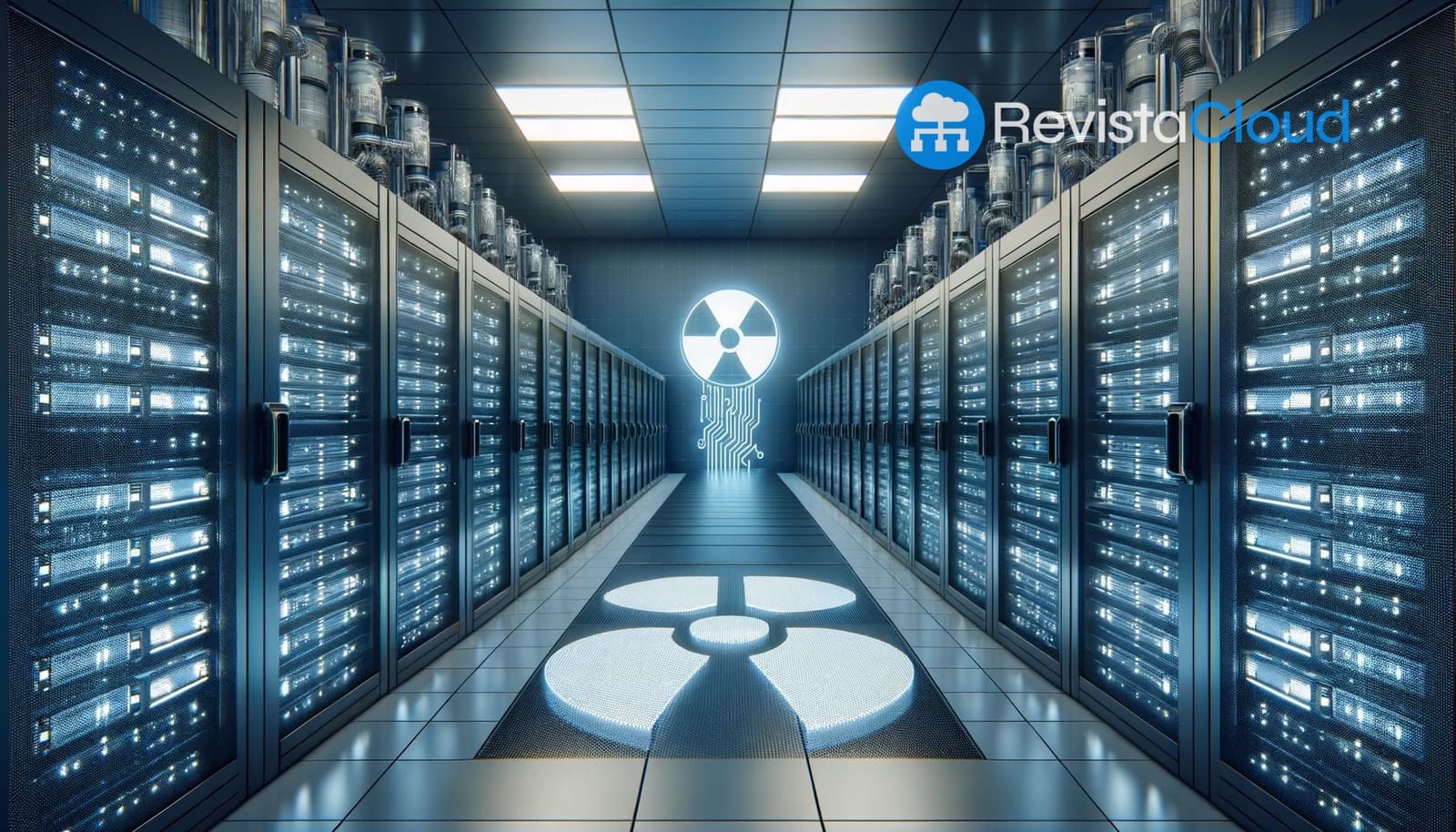A report by Deloitte estimates that the electricity demand from data centers could multiply by five by 2035, with nuclear energy emerging as one of the strongest alternatives to meet that growth.
The rise of artificial intelligence is transforming how data centers are designed, constructed, and powered. With this transformation comes an urgent need for more electricity. According to a recent report from the Deloitte Research Center for Energy & Industrials, the energy demand from data centers in the United States could reach 176 GW by 2035, which would mean a fivefold increase from current levels. In this context, nuclear energy is positioned as one of the most promising sources to ensure a reliable, clean, and continuous supply.
Why Nuclear Energy?
Compared to other sources like gas or renewables, nuclear energy presents several strategic advantages to meet the growing needs of data centers:
- Constant Supply (Baseload): Nuclear plants operate 24/7 with a capacity factor of 92.5%, significantly higher than sources like wind (35%) or solar (25%).
- High Energy Density: A small amount of nuclear fuel can generate a large amount of electricity, reducing logistical needs and physical space.
- Scalability: A single reactor can produce more than 800 MW, sufficient to supply multiple hyperscale data centers.
- Zero Emissions During Operation: Nuclear energy does not emit greenhouse gases during its operation.
- Efficient Use of Land: Nuclear facilities require much less space than large-scale renewable energy sources.
The Role of Small Modular Reactors (SMRs)
Among the most notable innovations are small modular reactors (SMRs), designed to be factory-assembled and rapidly deployed in strategic locations such as data centers or former industrial sites. These reactors offer advantages such as:
- Lower Initial Investment and shorter construction times (2-3 years).
- Location Flexibility: They can be installed in tight or repurposed spaces.
- Enhanced Safety thanks to passive systems and underground designs.
- Scalability to adjust installed power as needs grow.
Challenges and Opportunities
Despite their potential, scaling nuclear energy presents considerable challenges:
- High Initial Costs: Building new nuclear plants remains expensive (between $6,400 and $12,600 per kW in 2024).
- Waste Management: There is still no definitive solution for storing high-level waste in the U.S.
- Dependence on Foreign Fuel: The U.S. remains significantly reliant on enriched uranium from countries like Russia and China.
- Talent Shortage: The nuclear sector is expected to need to quadruple its workforce by 2050, increasing from 100,000 to 375,000 workers.
To address these challenges, Deloitte proposes measures such as:
- Reusing Closed Plants and coal sites as a foundation for new nuclear facilities.
- Financial Incentives and public and private support.
- Innovative Business Models, such as power purchase agreements (PPAs) signed by tech companies.
- Public, Private, and Academic Partnerships for research, training, and social acceptance.
A New Horizon for Data Centers?
According to the report, “Nuclear energy is entering a new era,” and data centers — especially those focused on generative AI and compute-intensive tasks — could become the catalysts for this energy renaissance. The combination of high reliability, sustainability, and adaptability positions nuclear energy, particularly SMRs, as a key player in sustaining the exponential growth of 21st-century digital infrastructure.
The industry is now not only debating how to scale data centers but also how to power them safely, sustainably, and affordably. The answer, at least in part, seems to lie in the atom.
Source: Deloitte

